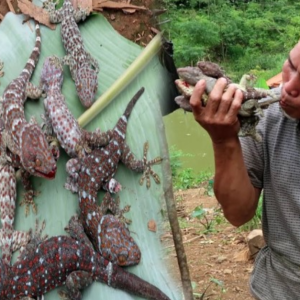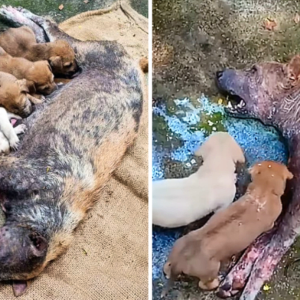Most experts didn’t think such miniscule prehistoric fossils would ever be found. Modern technology has proved them wrong.

Researchers have just uncovered evidence of a 555-million-year-old worm-like creature the size of a grain of rice in southern Australia. As if that wasn’t exciting enough, experts believe this is the oldest ancestor on the family tree that includes animals – and humans.
The critter is named Ikaria wariootia after the Adnyamathanha word for “meeting place.” “Wariootia” refers to the local Warioota Creek.
Ikaria was a bilaterian, like dogs, dinosaurs and almost all living animals, including humans. This means it had a front, a back, two symmetrical sides and openings at both ends connected to one another by a gut.
The new findings have recently been published by a team of geologists at the University of California, and the scientific community couldn’t be more thrilled with the results.

With a ruler for comparison, it’s easy to see just how tiny the creature’s fossilized burrows really are. Image Credit: University of California, Riverside
“This is what evolutionary biologists predicted,” geology professor Mary Droser noted. “It’s really exciting that what we have found lines up so neatly with their prediction.”
Previously, evolutionary biologists studying the genetics of modern animals thought the oldest ancestor of almost all animals and humans was likely small and simple, with very basic sensory organs. They beleived the creature lived in the Ediacaran Period, 635 to 542 million years ago, which marked an important biological transition for the planet, as simple microscopic organisms made way for more complex lifeforms.
“Burrows of Ikaria occur lower than anything else,” Droser noted, referring to their site of discovery being in a low layer of Ediacaran Period deposits. “It’s the oldest fossil we get with this type of complexity. We knew that we also had lots of little things and thought these might have been the early bilaterians that we were looking for.”

Experts have been eagerly trying to find fossilized evidence of the oldest ancestor of animals, so an unprecedented mark has been made in the field by the new discovery. From worms to dinosaurs to modern-day people, the vast majority of animals are organized around this basic bilaterian body plan. But since the earliest Ediacaran biota creatures were so tiny, most evolutionary biologists were convinced that they would never find their fossilized remains.
The big discovery was made in Nilpena, South Australia, where fossilized burrows date back to the Ediacaran Period about 555 million years ago. Researchers have known for about for 15 years that bilaterians somehow created these fossils, but just haven’t had the tools to confirm their prehistoric presence – until now.
Fortunately, with modern technology comes potential. The experts were led to victory with the help of 3D laser scans like this one.

A modern 3D scan such as this one allowed researchers to see the vital features of early worm-like creatures. Image Credit: University of California, Riverside
Droser and doctoral graduate Scott Evans discovered impressions near the burrows, with 3D laser scans confirming they were shaped and sized like a grain of rice. The scans also revealed clear heads, tails, and even grooves that suggested the presence of muscles.
Contracting those muscles allowed the creatures to move around, not unlike how modern-day worms do today. Furthermore, the observed patterns of displaced sediment, in addition to signs of feeding, suggested the creatures had mouths, guts, and posterior openings.
Bingo. There’s a scientific breakthrough for you.
“We thought these animals should have existed during this interval, but always understood they would be difficult to recognize,” said Evans. “Once we had the 3D scans, we knew that we had made an important discovery.”
Indeed, it’s remarkable to see such tiny impressions in stone make such an enormous impact – showcasing some of the most fundamental steps of our collective evolutionary history.





